Hidden away on the eastern edge of the Ochil Hills is a site that could play a significant role in Scotland’s environmental aspirations.
Work has now begun near Glenfarg on building Scotland’s first Energy from Waste (EfT) facility in Perthshire.
Binn Group and French recycling company, Paprec Energies are behind the project.
They want the EfT to help tackle Scotland’s leftover rubbish that cannot be recycled.
The plan is for the plant near Glenfarg to be operating by the time the Scottish Government’s landfill ban is introduced on December 31, 2025.
Perth and Kinross Council has heralded it as transformational, with the facility reportedly creating around 230 jobs.
However, it will also be one of only 11 incinerator plants in Scotland that can be built.
In June 2022, the Scottish Government introduced a moratorium on new waste incinerators, preventing councils from granting new sites planning permission.
The Perthshire waste facility circumnavigates this because the plans had already been approved.
This means the €120 million (around £100m) plant could be one of the last in Scotland to open.
Burning waste for energy can lead to harmful emissions, especially when plastic waste is being processed.
And there are concerns that incinerator capacity could exceed demand by 2026.
Demonstrations from local residents and environmental groups defeated the original bid for a plant that was put forward in 2006.
There were 250 objections and a petition was signed by almost 500 people at the time.
Council leader: Waste facility ‘crucial in creating cleaner solution’ for Scotland
A fresh bid approved in 2020 did not face the same level of opposition.
And in June 2023, Perth and Kinross Council awarded the project a £50m contract, which will last for at least 10 years.
SNP council leader, Grant Laing attended an event celebrating the start of construction at the plant and addressed those in attendance.
He described the EfW as “groundbreaking” for Scotland in his speech.
Councillor Laing also sees it as a “catalyst” for similar environmentally-focused developments.
“It is testament to the vision of both companies, the workforce here at the Binn Eco Group and our determination to create a greener and more sustainable economy”, he said
“We were very aware of the carbon impact from waste management.
“The energy from waste solution offers a safer and less environmentally damaging way of treating unavoidable non-recyclable waste.
“This facility will secure jobs and provides further economic and community benefits, including the creation of a generous community benefit fund.”
Binn Group CEO: EfW ‘only way’ to achieve sustainability
The facility will be located to the east of Binn Farm, which is home to the Binn Eco Park.
Binn Group’s chief executive, Allan MacGregor says it has taken 20 years from drawing up initial plans to get to this point.
“It has been a very hard journey”, he said.
“The local reaction has been mostly positive. Environmentally, it is the only way we can go to be sustainable.
“This new facility will be crucial in creating a cleaner solution for managing non-recyclable waste.
“It will be transformational in driving business growth, creating new jobs and supporting further investment in the Eco Park and the wider Perthshire economy.”
But is the Perthshire waste facility a step in the wrong direction?
The Scottish Government’s effective ban on new waste incinerators was underpinned by the findings of an independent review published in May 2022.
‘Stop, Sort, Burn, Bury‘ examines incineration’s role in Scotland’s waste management.
It concludes that ministers need to “rapidly” reduce the amounts of recyclable materials being sent to incinerators.
However, the Holyrood commissioned report states that “incineration is less damaging to the environment than landfill”.
It does admit that this option is “less favourable over time”.
The report also suggests that incinerator capacity could outstrip demand by 2026, using the parameters set by the Scottish Government’s recycling and waste targets.
Friends of the Earth Scotland (FoES) are against any incinerators being built after 2027.
Despite the moratorium, the charity is concerned that more incinerators will still be opened.
Kim Pratt is a circular economy campaigner for FoES.
“Burning rubbish is wasteful, polluting and contributing to climate breakdown”, she said.
“We will have more incineration capacity than waste to burn by 2027. Scotland doesn’t need more incinerators. We need less rubbish.
“The best way to deal with waste is not to produce it in the first place. Councils could save money if they supported people to repair and reuse more.
“Councils and waste management operators must ensure that materials that could have been reused or recycled are not going to waste instead.
“Companies are making huge profits by selling products designed to be thrown away. This is unaffordable for consumers and its damaging the planet.”
How will the Glenfarg plant work?
Binn and Paprec claim that the EfW facility will process around 85,000 tonnes of residual waste annually.
This is the waste remaining after the waste that can be recycled has been pulled apart.
Ordinarily, this would be sent to landfill, but the development near Glenfarg will instead transform this into heat and electricity.
The companies estimate that this will generate up to 8 MW of electricity and 17 MW of heat every year.
Just under half of the waste processed – around 40,000 tonnes – will be collected by Perth and Kinross Council.
Designs for the 200-acre rural site near Glenfarg show that it will include a 70-metre chimney stack for emissions.
SNP MP lends support to Perthshire waste facility
Despite the criticism and Scottish Government’s moratorium on incinerator plants, the SNP MSP for Perthshire South supports the EfW facility.
Jim Fairlie recalls farming his first ewes near the eco park when he was a farmer and his close relationship with the MacGregor family.
“The Scottish Government have missed their 2030 targets because we haven’t hit the mark”, he says.
“We’re determined that we’re going to hit the 2045 targets and [building] facilities like this is exactly the kind of thing that we need to do.
“We’ve got to keep it as local as we possibly can. The fact that we’re now at this stage of concrete in the ground is absolutely brilliant to see.
“If we’ve got that united sense of urgency that we need to do something and work together, then I can see we’ll actually hit that 2045 target comfortably.”
The Scottish Government says its ambition is to move to a “fully circular economy.”
A spokesperson said: “The best way to manage waste is to not produce it in the first place.
“Where waste is unavoidable and unrecyclable, we want to manage it in a way that minimises its environmental impacts.
“That is why we’re committed to ending the practice of landfilling biodegradable municipal waste from 2025.”
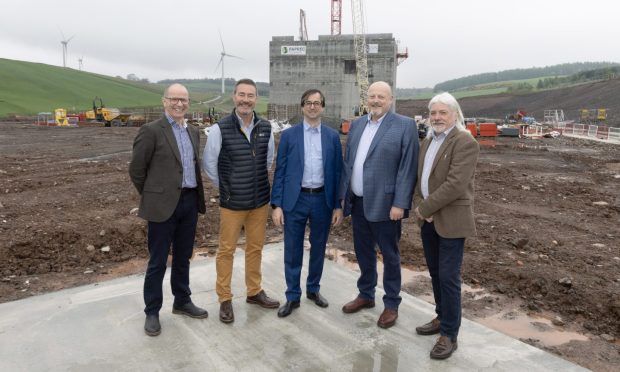
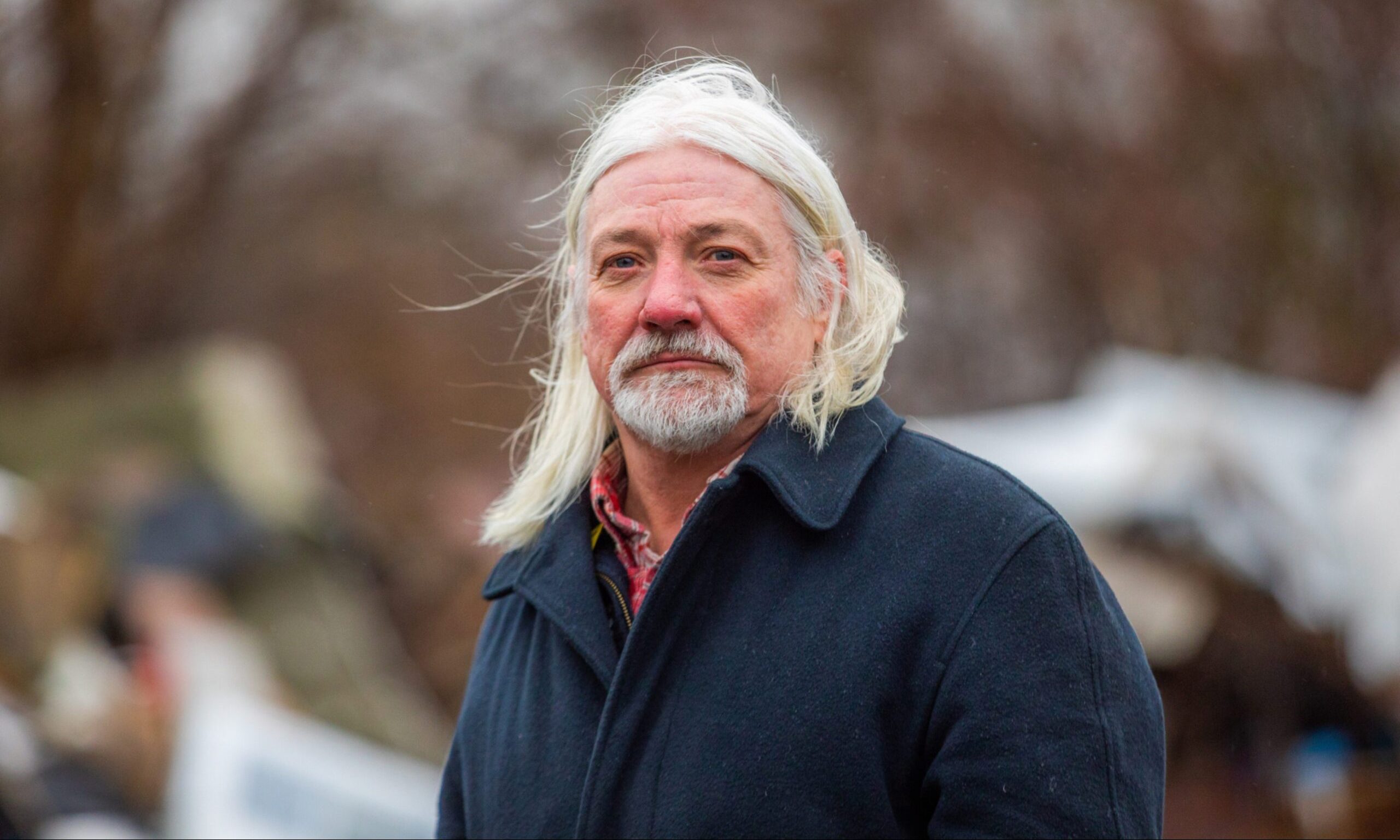
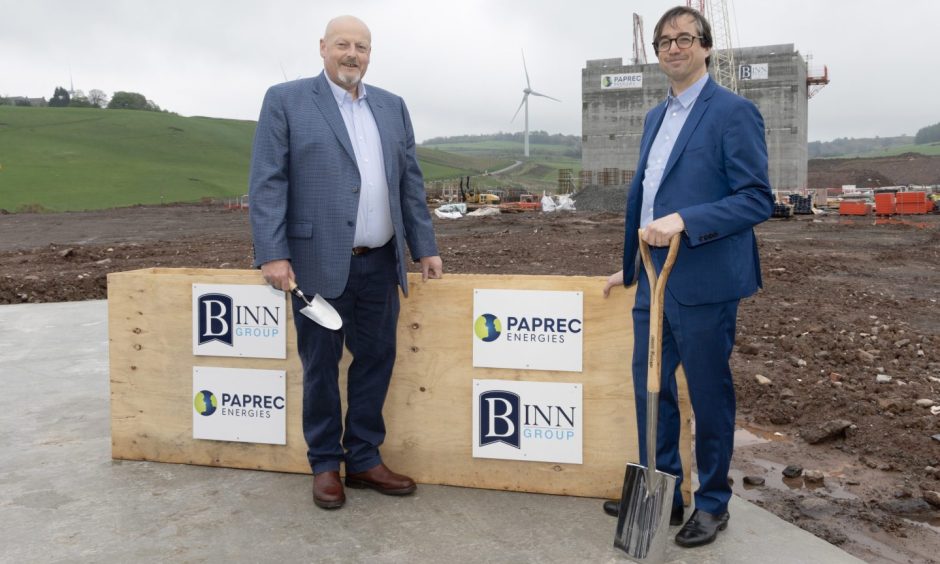

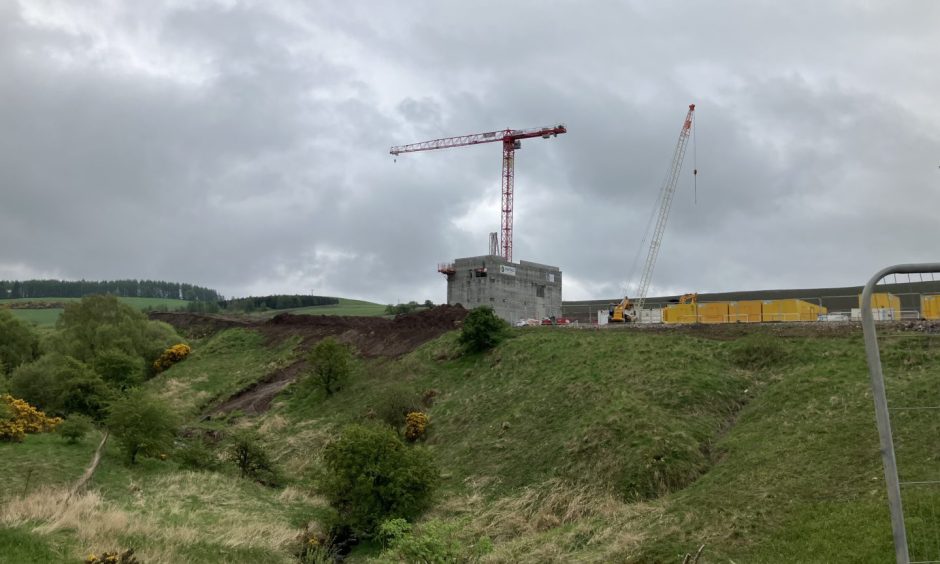
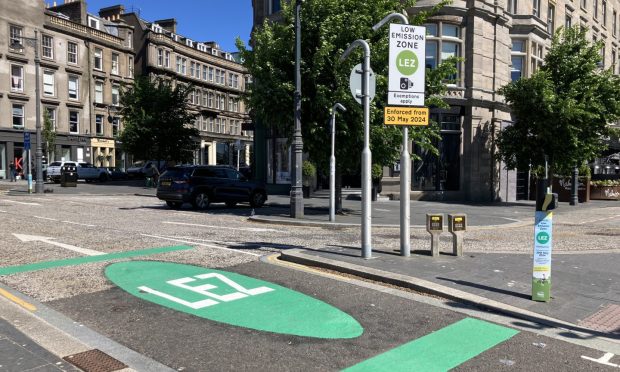
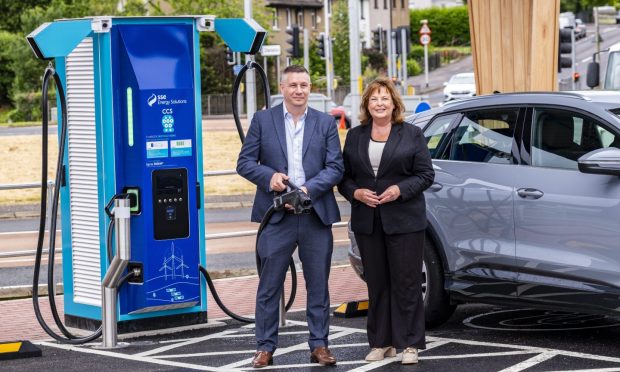
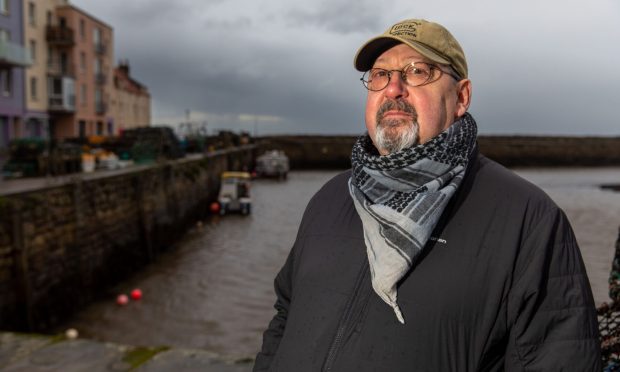


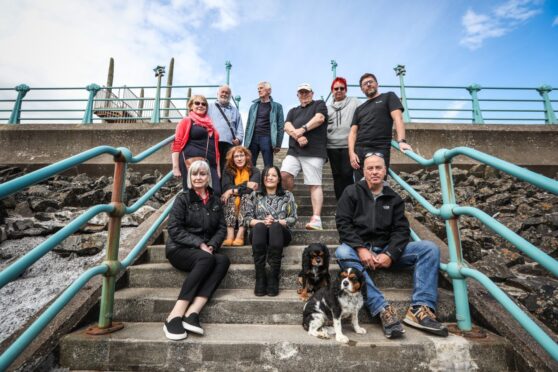
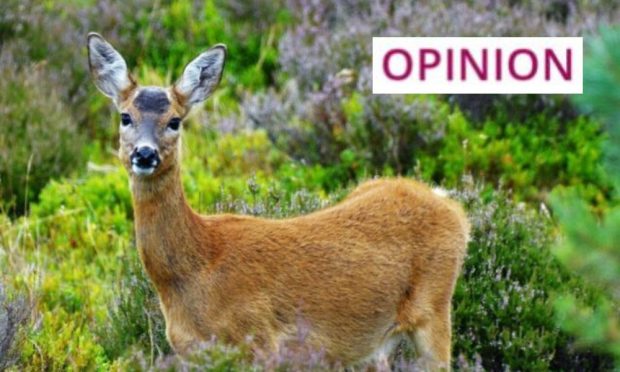
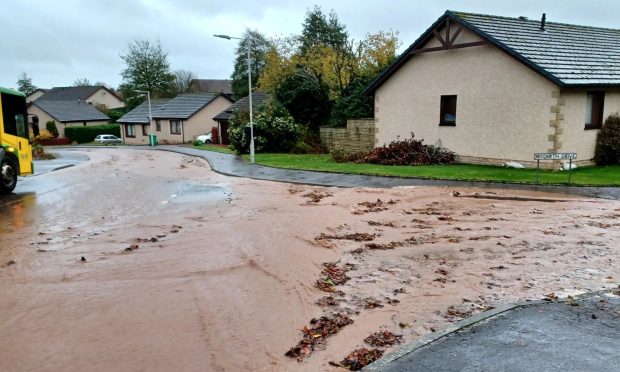
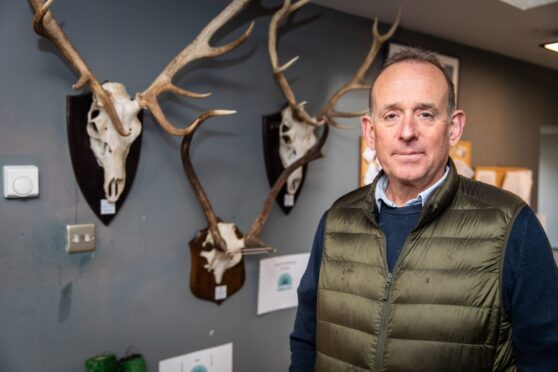
Conversation